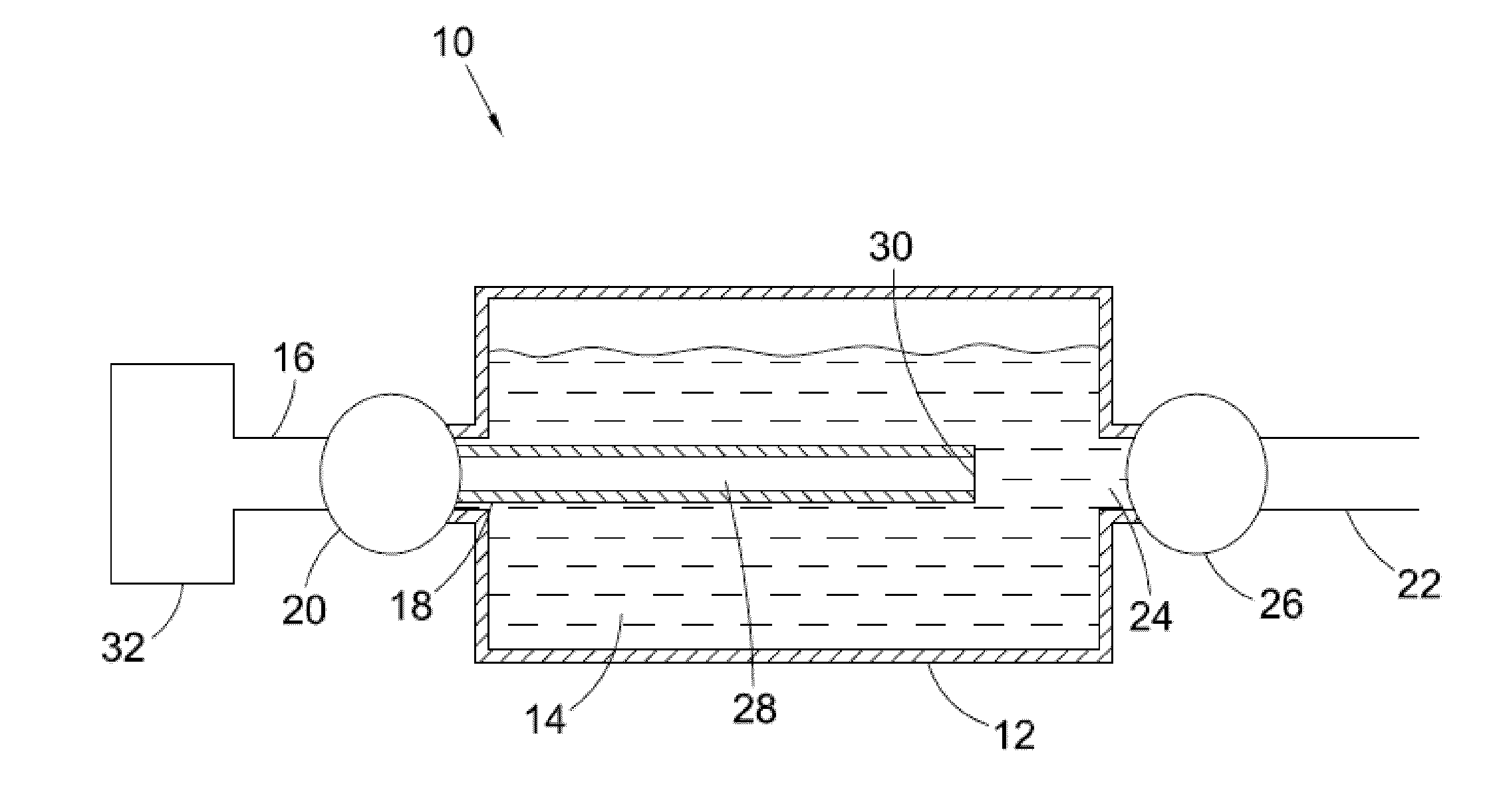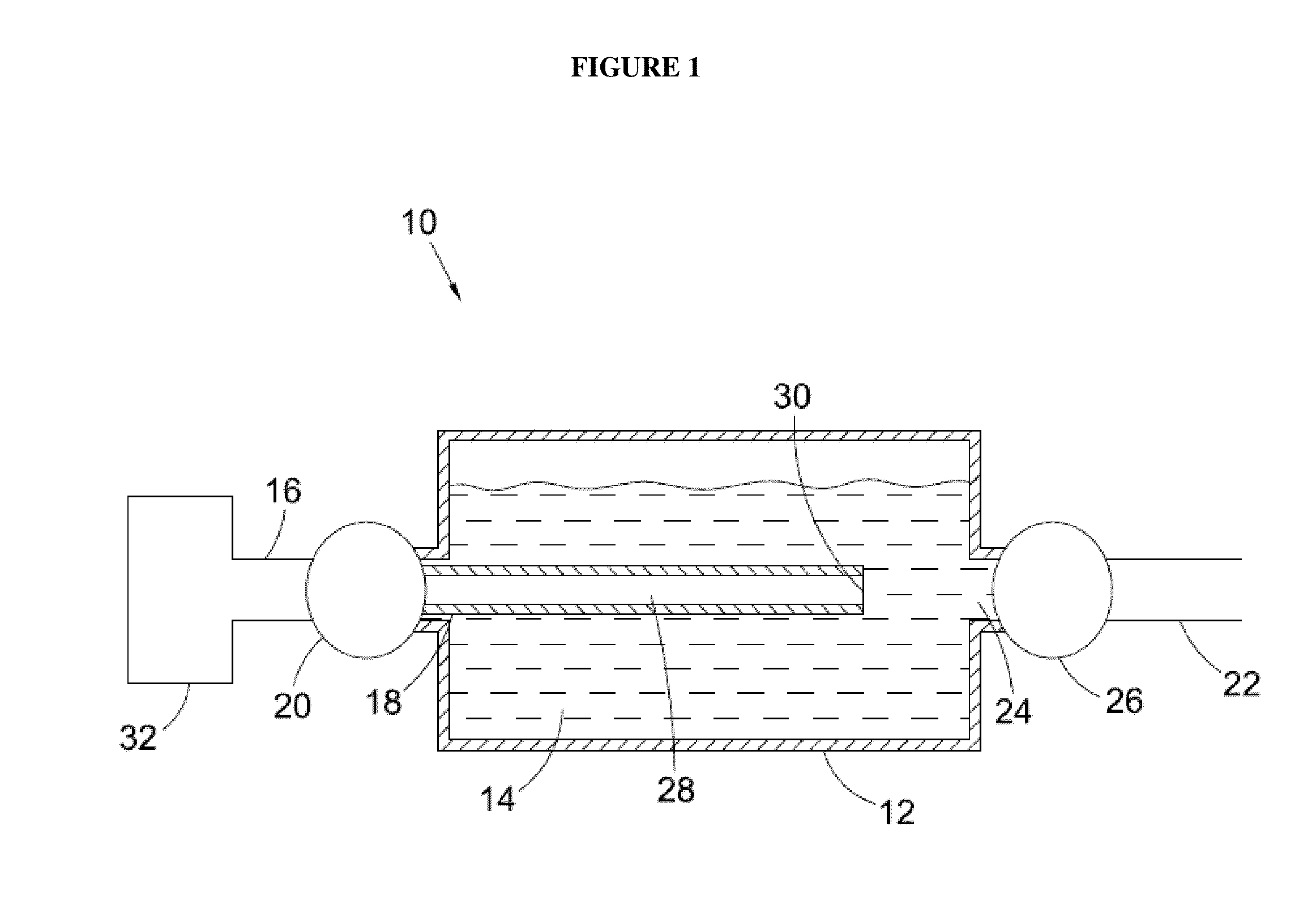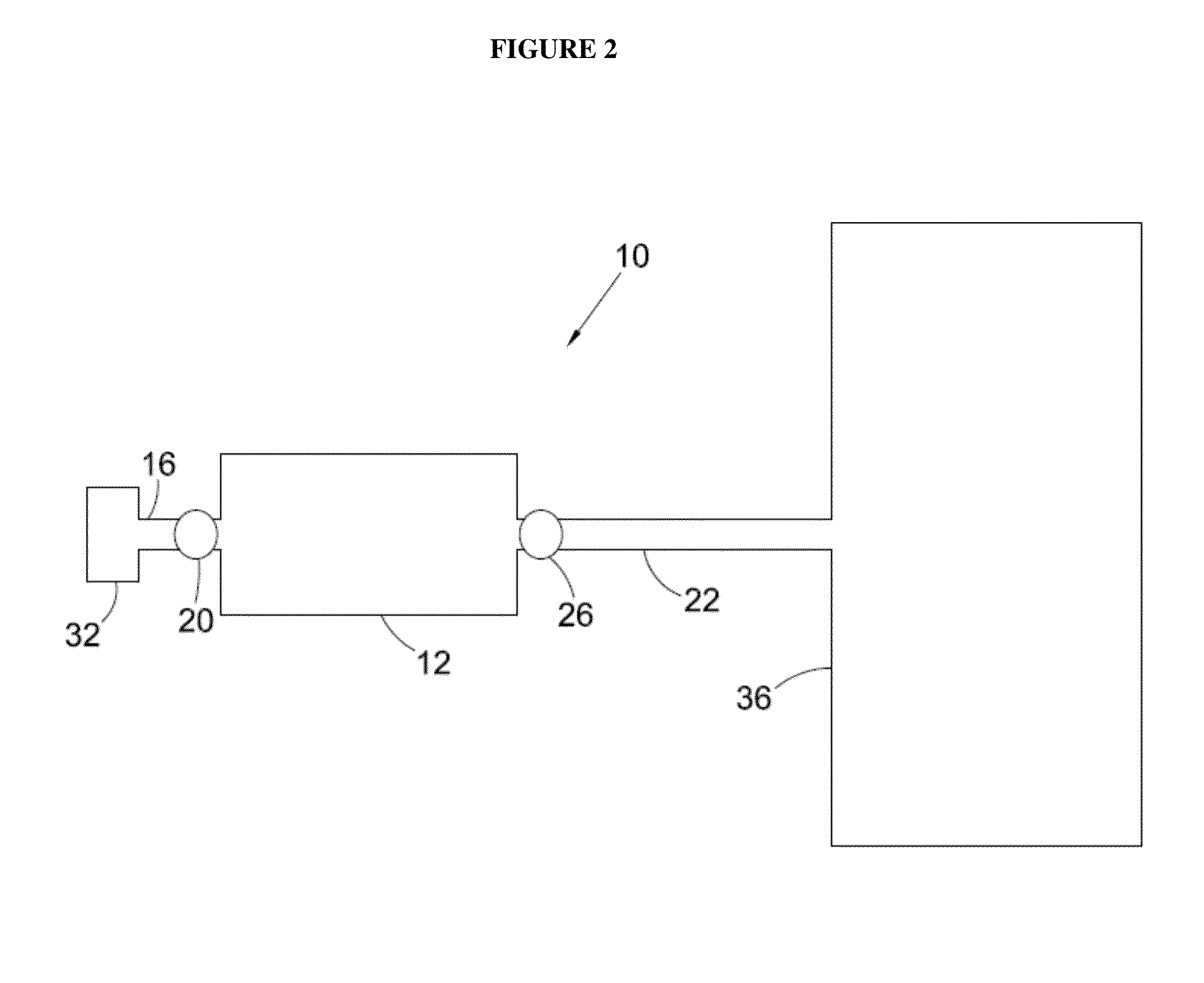Synthesis and hydrogen storage properties of novel metal hydrides
a technology of metal hydride and hydrogen storage, which is applied in the field of metal hydride preparation processes, can solve the problems of thwarting the use of metal hydrides such as lih and naalh/sub>4, and the technology of storage remains a great hurdle, so as to facilitate the pelletization process and minimize the effects of poisoning, hydrolysis or other potentially adverse reactions
- Summary
- Abstract
- Description
- Claims
- Application Information
AI Technical Summary
Benefits of technology
Problems solved by technology
Method used
Image
Examples
example 1
Chromium (III) Hydride Samples
Synthesis
Preparation of Tetrakis(trimethylsilylmethyl) Chromium
[0295]To a stirred suspension of CrCl3(THF)3 (7.617 g, 20.33 mmol) in 40-60° C. petroleum ether, was added a solution of (trimethylsilyl)methyllithium (76.4 mmol, 76.64 mL of a 1.0 M solution in pentane). The colour of the slurry immediately changed to dark purple. The mixture was stirred at room temperature for 3 hours, and then filtered, and the residue was washed with three portions of petroleum ether (10 mL each). The dark purple filtrate was concentrated and dried at room temperature in vacuo for 24 hours to afford a dark purple crystalline solid (4.8 g, 96% yield). See Schulzk et al., Organometallics, 21, 3810, 2002.
Formation of Chromium (III) Hydride
[0296]A dark purple solution of tetrakis(trimethylsilylmethyl)chromium (IV) (1.2040 g, 5.22 mmol) in 50 mL of petroleum ether was placed in a 600 mL stirred hydrogenation vessel. The vessel was slowly heated to 100° C. and the reaction sti...
example 2
Synthesis
Preparation of Tetraphenyl Vanadium (IV)
[0307]Phenyllithium (50 mmol, 25 mL of a 2.0M solution in dibutylether) was stirred at room temperature. VCl4 (2.03 mL, 12.5 mmol) was then added dropwise via syringe. The reaction mixture turned dark brown in colour, increased in temperature and bubbled fairly vigorously. Stirring was continued for fifteen minutes until it had stopped bubbling and had cooled back to room temperature. The mixture was then filtered to afford a dark brown precipitate and a brown filtrate. The resulting tetraphenyl vanadium (IV) complex was used without further purification.
Formation of Vanadium (IV) Hydride
[0308]The filtrate was immediately transferred to a stainless steel PARR pressure vessel and stirred under an inert atmosphere for 48 hours at 100° C. The mixture was then filtered to afford a black precipitate. The precipitate was dried in vacuo for four hours at 100° C. to afford 228 mg of a fine black powder (V(IV)-100)...
example 3
Manganese (II) Hydride Samples
Synthesis
Preparation of Bis(Mesityl) Manganese (II)
[0314]Manganese (II) chloride (5.0043 g, 39.77 mmol) was stirred with 1,4-dioxane (13.6 mL, 159.08 mmol) at room temperature for 1 hour to afford a pale pink paste. Diethyl ether was then added (50 mL) to afford a pale pink suspension. To this, mesitylmagnesium bromide (79.54 mmol, 79.54 mL of a 1.0 M solution in diethyl ether) was added dropwise at room temperature and the suspension changed from pale pink to brown. The brown suspension was stirred at room temperature for 24 hours, then filtered to afford a red-brown filtrate and a light beige precipitate. The precipitate was rinsed three times with diethyl ether. The washings and filtrate were combined and concentrated in vacuo to afford a red-brown solid. The solid was then extracted into petroleum ether (100 mL) and filtered to give a red-brown filtrate and light brown precipitate. The filtrate was concentrated in vacuo to afford a dark red-brown so...
PUM
| Property | Measurement | Unit |
|---|---|---|
| temperature | aaaaa | aaaaa |
| temperature | aaaaa | aaaaa |
| temperature | aaaaa | aaaaa |
Abstract
Description
Claims
Application Information
 Login to View More
Login to View More - R&D
- Intellectual Property
- Life Sciences
- Materials
- Tech Scout
- Unparalleled Data Quality
- Higher Quality Content
- 60% Fewer Hallucinations
Browse by: Latest US Patents, China's latest patents, Technical Efficacy Thesaurus, Application Domain, Technology Topic, Popular Technical Reports.
© 2025 PatSnap. All rights reserved.Legal|Privacy policy|Modern Slavery Act Transparency Statement|Sitemap|About US| Contact US: help@patsnap.com



